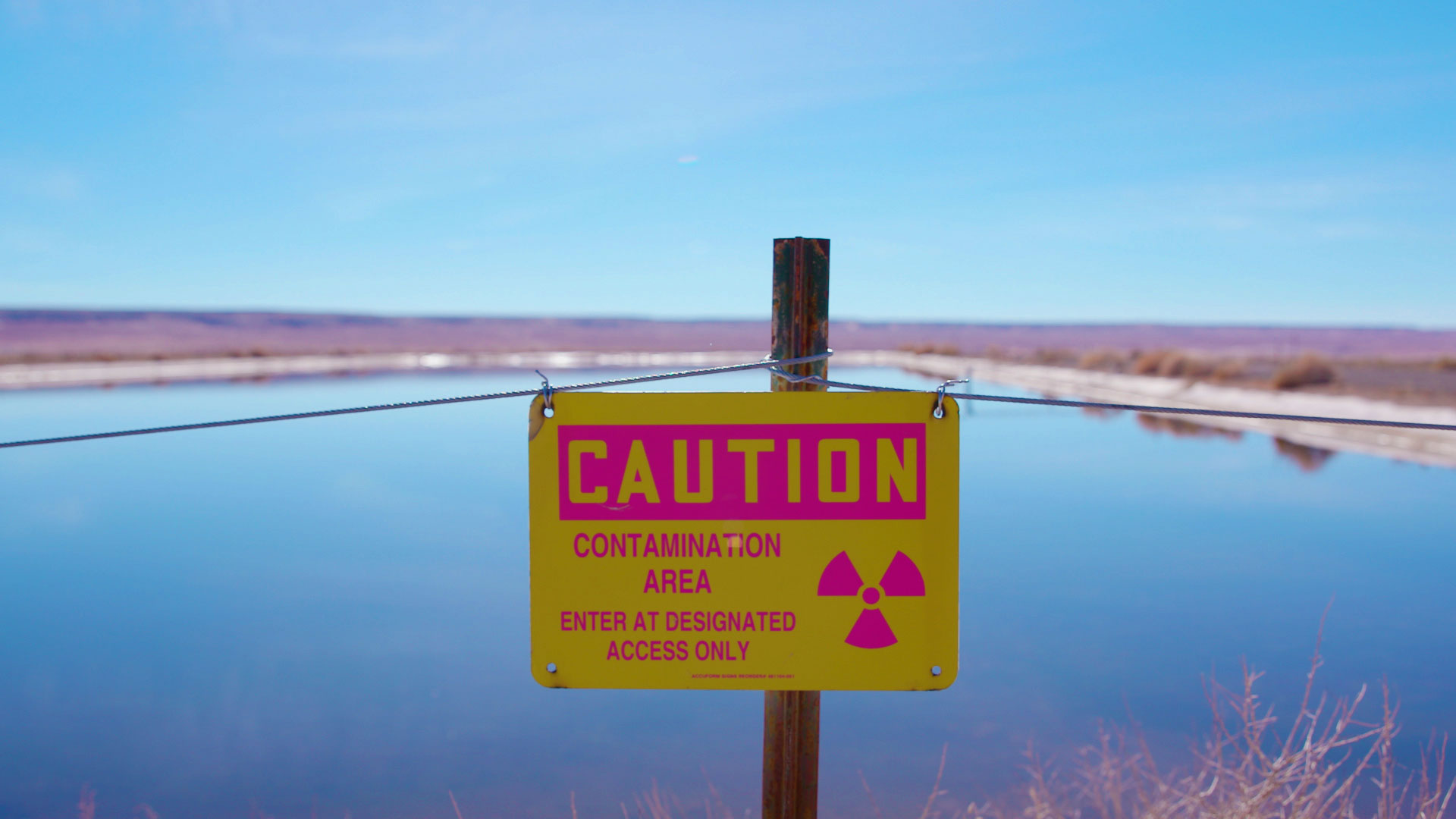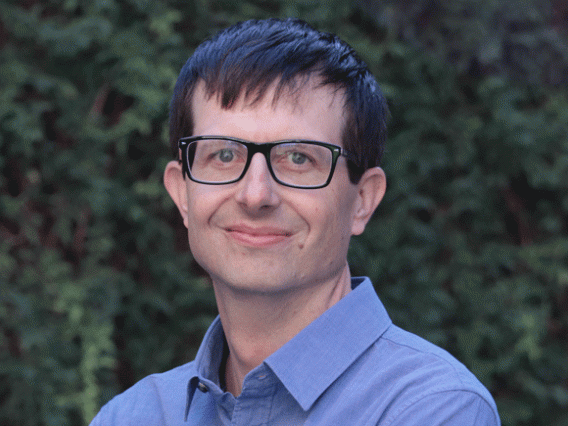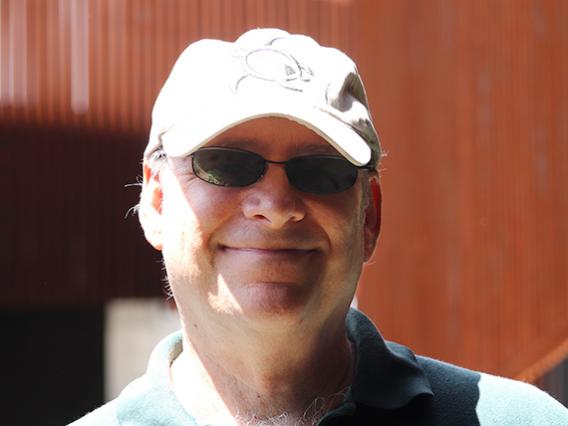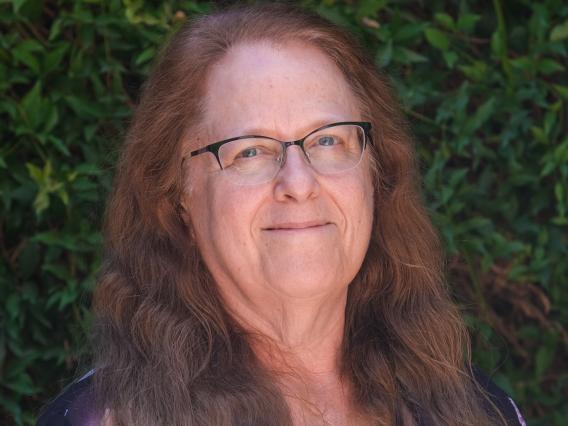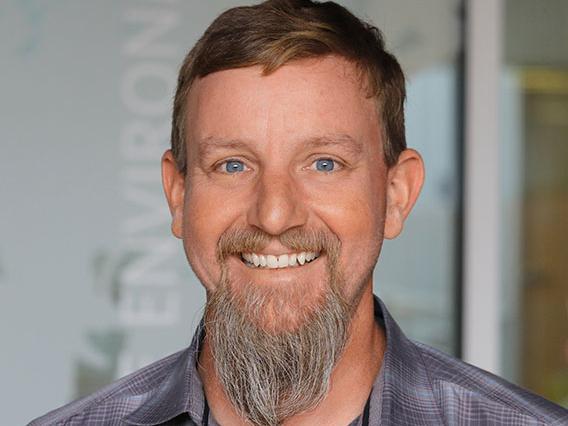Hazardous pollution is not distributed uniformly across the landscape, but rather frequently localized in “hot spots” of industrial activity such as mining, organic solvent usage, or leaking underground storage tanks. Even in the absence of contamination, landscapes (like ranchland or agricultural land) can be degraded by inappropriate management practices.
Our faculty are experts in:
- characterization and monitoring of polluted environments
- reclamation and restoration of disturbed lands
- remediation of contaminated soil and groundwater
Click on the profiles to learn more about who we are and what we research in reclamation, remediation and restoration.
- I focus on reclamation and restoration of disturbed lands in our work in reclamation, remediation and restoration.
-
Explore my other areas of research:
- I focus on reclamation and restoration of disturbed lands and the remediation of contaminated soil and groundwater in our work in reclamation, remediation and restoration.
-
Explore my other areas of research:
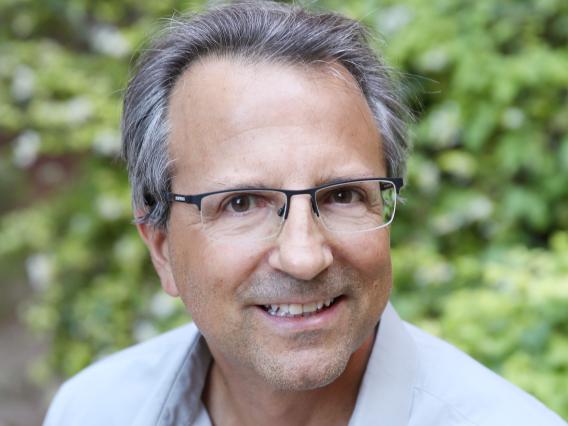
Jon Chorover
Interim Associate Vice President (ALVSCE)
Interim Associate Dean for Research (CALES)
Professor
Arizona Lab for Emerging Contaminants (ALEC)
- I focus on remediation of contaminated soil and groundwater in our work in reclamation, remediation and restoration.
-
Explore my other areas of research:
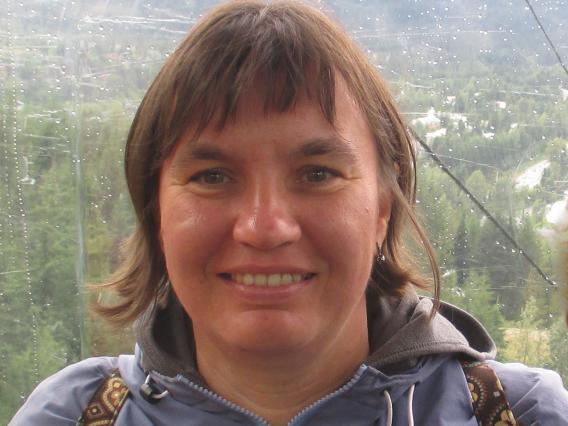
- I focus on remediation of contaminated soil and groundwater in our work in reclamation, remediation and restoration.
-
Explore my other areas of research:
- I focus on reclamation and restoration of disturbed lands and the remediation of contaminated soil and groundwater in our work in reclamation, remediation and restoration.
-
Explore my other areas of research:
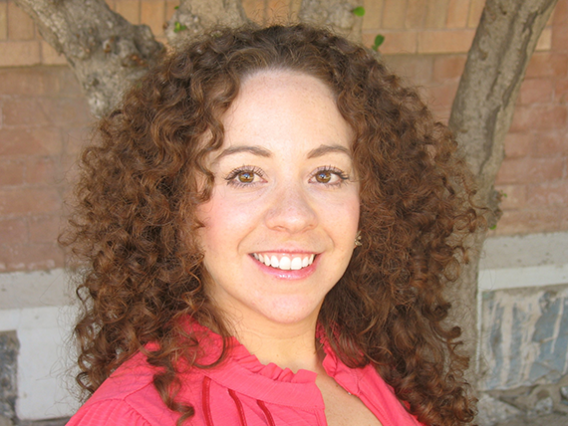
- I focus on reclamation and restoration of disturbed lands in our work in reclamation, remediation and restoration.
-
Explore my other areas of research:
- I focus on reclamation and restoration of disturbed lands in our work in reclamation, remediation and restoration.
-
Explore my other areas of research:


